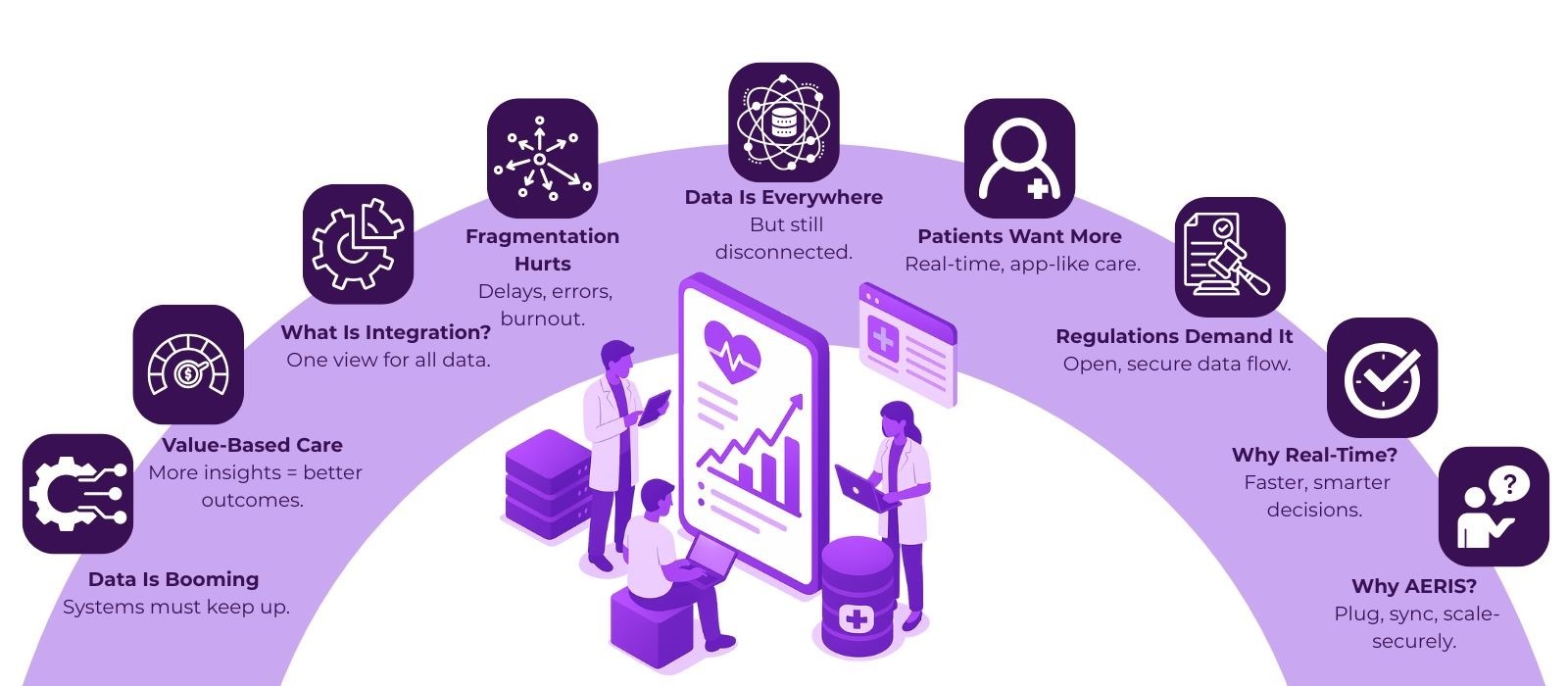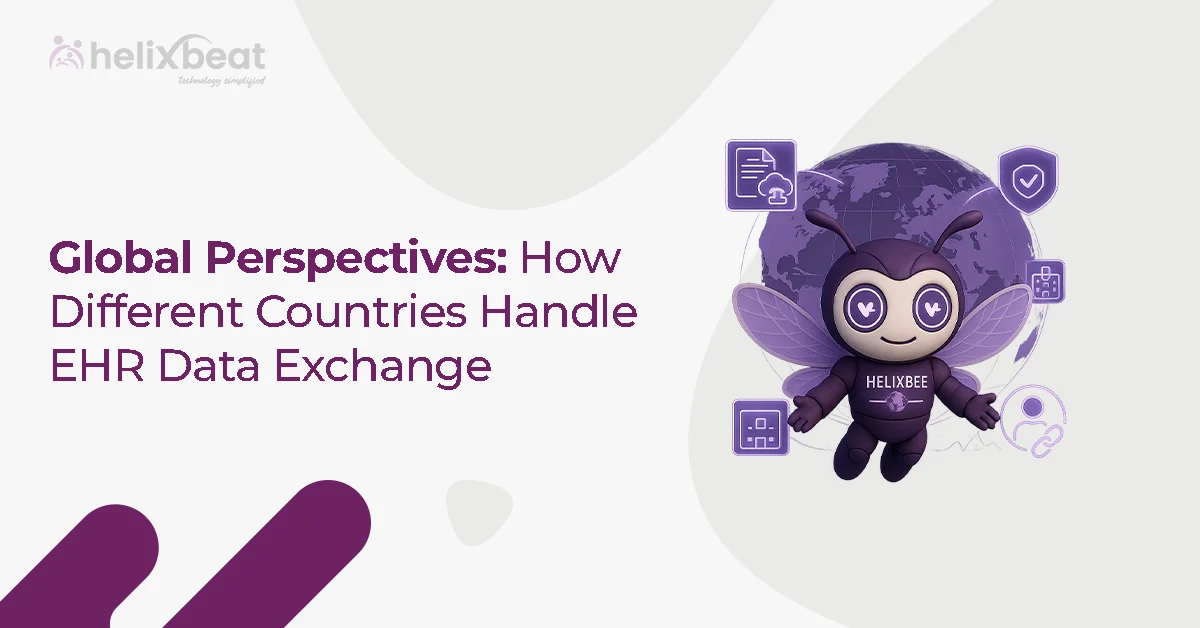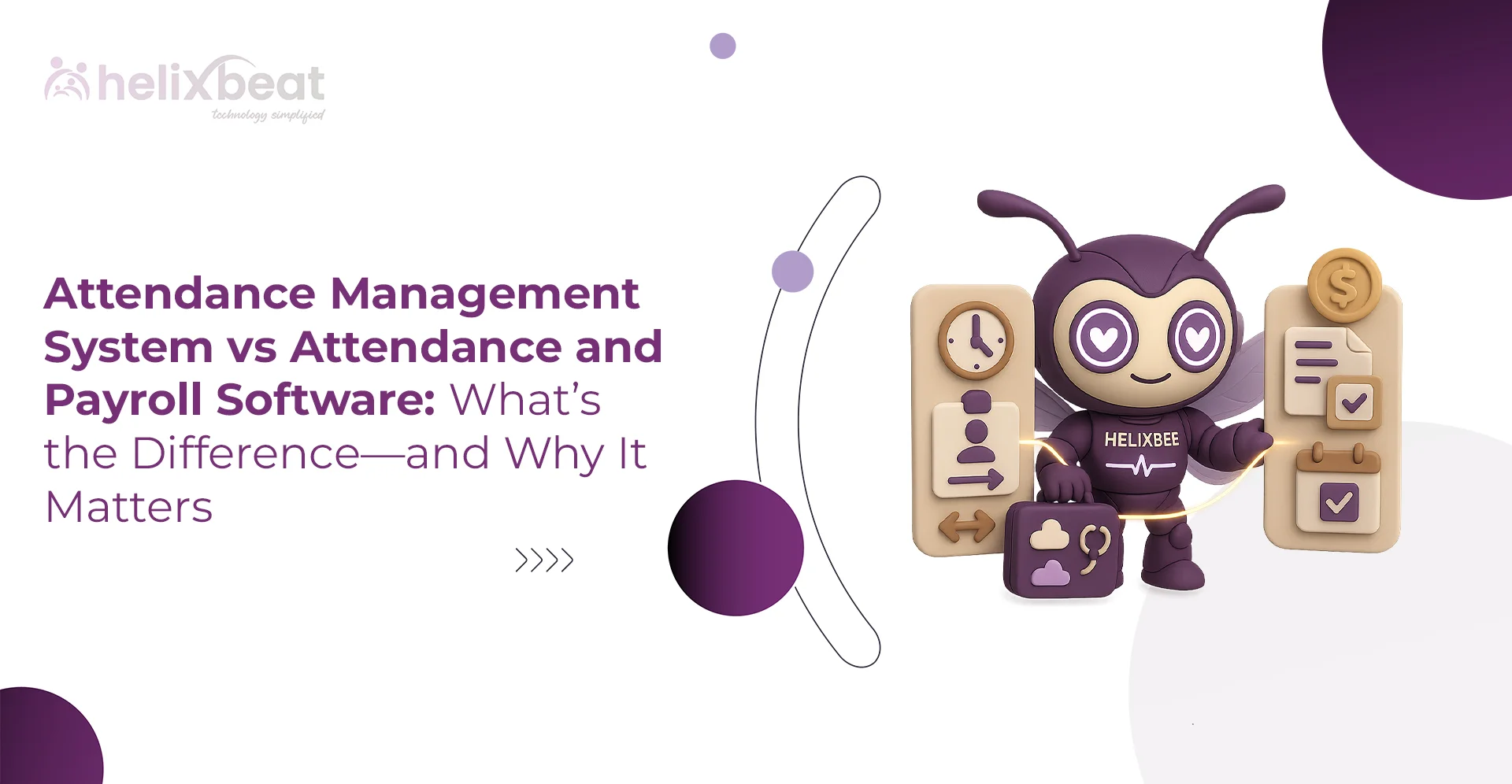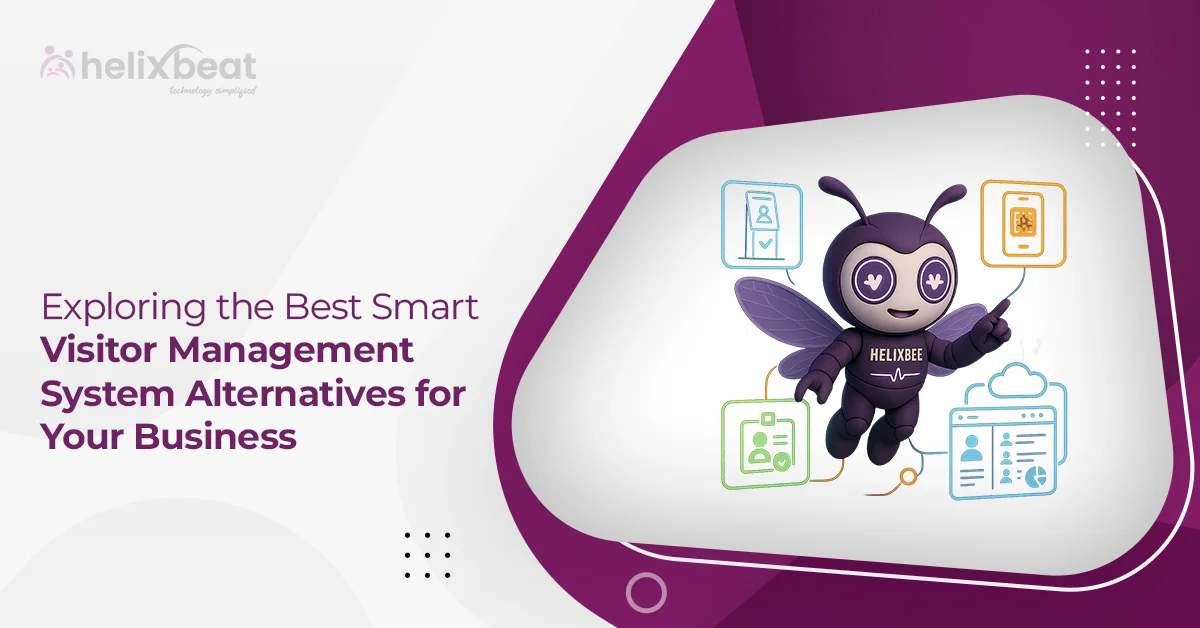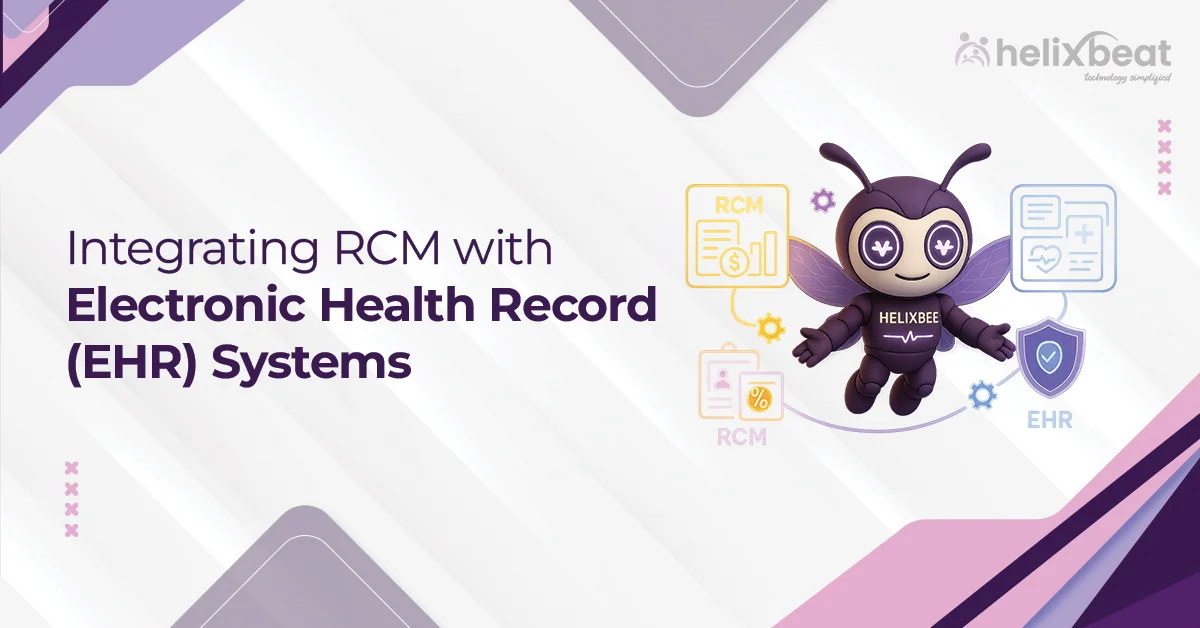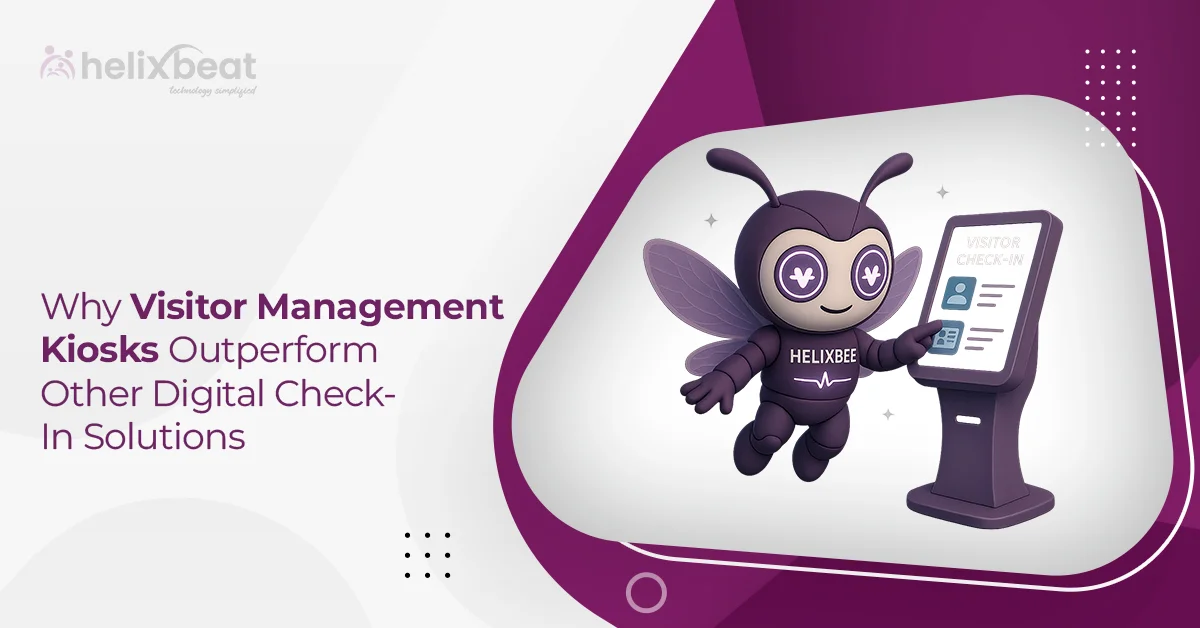Did you know that over 70% of healthcare providers in the U.S. still struggle with seamless data exchange despite widespread digitization? Interoperability in healthcare is no longer optional—it’s essential for coordinated care, better patient outcomes, and operational efficiency. But achieving it isn’t just about plugging systems together. It’s about aligning people, policies, and platforms.
In this blog, we’ll explore seven practical tips to help healthcare organizations manage healthcare interoperability without overwhelming tech teams or disrupting patient care.

Table of Contents
Tip 1: Start with Clear Interoperability Goals
Before integrating systems or adopting new standards, get clarity on what you want to achieve. Is the goal to improve transitions of care? Reduce duplication of tests? Enable real-time remote monitoring?
Having well-defined objectives allows you to:
- Choose the right technologies
- Align stakeholders
- Prioritize use cases that matter most
For example, a rural hospital aiming to coordinate with urban specialty centers might focus on sharing lab results via AERIS.
Tip 2: Choose Standards-Based Systems from the Beginning
The foundation of strong healthcare interoperability lies in standards like HL7, FHIR, DICOM, CDA, etc. These frameworks allow systems to “speak the same language” even if they come from different vendors.
Adopting standards-based systems means:
- Better compatibility with future tools
- Easier integration with partners
- Fewer custom bridges and workarounds
Interoperability solutions like AERIS natively support such interoperability standards.
Tip 3: Build an Interoperability Team with IT and Clinical Voices
Technology is only part of the puzzle. Real interoperability also depends on workflows, user adoption, and clinical value. That’s why it’s important to bring together:
- IT professionals who understand infrastructure
- Clinicians who use the data daily
- Administrators who know the broader care strategy
This cross-functional team should meet regularly to:
- Identify pain points
- Decide priorities for integration
- Test solutions from both a technical and clinical angle
Tip 4: Invest in Scalable API Infrastructure
APIs (Application Programming Interfaces) are the building blocks of modern healthcare interoperability. They allow different platforms to exchange data in real-time, securely, and efficiently.
To manage this well:
- Use RESTful APIs based on FHIR for medical records
- Adopt open APIs to integrate third-party apps (telehealth, wearables, analytics tools)
- Implement access control and audit logging
Building scalable APIs means your organization can adapt faster to:
- New compliance mandates
- Partnerships with external providers
- Emerging tech like remote patient monitoring or AI diagnostics
Tip 5: Maintain Robust Data Governance Policies
Data is powerful—but without proper governance, it can become a liability. A solid data governance framework helps you manage:
- Who can access what data
- How long records are retained
- How consent is captured and honored
- How to handle patient identity across systems
Well-managed data governance supports not only compliance (like HIPAA) but also builds trust between patients and providers.
Checklist for Governance Success
- Define roles and responsibilities
- Set clear data-sharing policies
- Regularly audit access and usage patterns
Tip 6: Test Interoperability Regularly, Not Just During Go-Lives
Interoperability is not a one-time project. Systems evolve. Standards update. Partners change platforms. That’s why ongoing testing is critical.
Set up a routine schedule to:
- Test data exchange accuracy (e.g., patient demographics, lab values, imaging reports)
- Verify that interfaces work after system upgrades
- Simulate use cases like emergency record access or remote consultation
Also, gather regular feedback from clinicians and users to catch hidden workflow issues.
Tip 7: Use Analytics to Monitor and Improve Interoperability
Once your interoperability tools are live, it’s time to optimize them using analytics. This involves tracking key performance indicators like:
- Time taken to access external patient records
- Number of duplicated tests avoided
- Volume of data exchanged between systems
- Delays in information handoffs
These insights help identify:
- Gaps in workflow integration
- Areas for automation
- Training needs for staff
Why Healthcare Interoperability Is a Strategic Priority Today
With healthcare shifting toward value-based care, providers are under pressure to deliver better outcomes, faster decisions, and coordinated care—without driving up costs. Healthcare interoperability plays a critical role in enabling this transformation.
It supports:
- Continuity of care: Providers across the care journey get access to updated records
- Population health management: Aggregated data helps spot patterns and predict risks
- Patient empowerment: Individuals can access and share their data more freely
AERIS: Real-Time Healthcare Data Exchange Made Simple
Today, disconnected systems mean delayed decisions and fragmented care. And that’s where AERIS plays a key role. It’s a robust data interoperability engine built to connect isolated systems and power real-time data exchange—no matter the platform, format, or legacy constraint.
Whether you’re working with HL7 messages, FHIR APIs, CDA documents, or DICOM images, AERIS streamlines the process. It supports multiple healthcare data standards, including HL7 v2, FHIR, CDA, DICOM, LOINC, and SNOMED, enabling seamless communication across hospitals, labs, imaging centers, pharmacies, and remote care platforms.
Key Benefits of AERIS
- Real-Time Exchange: Sync critical health data instantly between EHRs, LIS, PACS, and third-party apps.
- Multi-Standard Support: Seamlessly translate and route data across HL7 and FHIR standards.
- Intelligent Routing: Use smart workflows to route data where it’s needed—without manual effort.
- Secure by Design: Built with healthcare-grade encryption and role-based access to keep PHI protected.
- Plug-and-Play Integration: Easily deploy in hybrid environments—on-premise or cloud-based.
Who Is It For?
- Hospitals and clinics looking to connect siloed departments
- Diagnostic centers needing lab and imaging data flows
- Payers integrating claims with clinical data in real-time
With AERIS, you spend less time solving compatibility issues and more time improving care outcomes.
Final Thoughts
Interoperability is not a checkbox—it’s a continuous process. It evolves in tandem with your technology, partnerships, and patient population. The good news? With the right strategies in place, healthcare organizations can effectively manage this complexity and unlock significant benefits, including faster diagnoses, lower costs, and happier patients.
Ready to transform your data infrastructure? Let AERIS power your interoperability journey.
FAQs
1. What is healthcare interoperability?
Healthcare interoperability refers to the ability of different IT systems and software applications to communicate, exchange, and use healthcare information in a coordinated manner across organizational boundaries.
2. What are the key standards used in healthcare interoperability?
Key standards include HL7, FHIR (Fast Healthcare Interoperability Resources), DICOM for imaging, and LOINC/SNOMED for coding clinical terms.
3. Why is interoperability important in healthcare?
It enables better coordination of care, reduces administrative burden, avoids duplicate tests, and gives clinicians a full picture of the patient’s history—leading to more accurate and timely care decisions.
4. How can small clinics approach interoperability?
Start with use cases that matter most—like lab reporting or referral sharing. Adopt cloud-based tools that offer plug-and-play FHIR APIs and partner with service providers who specialize in small-to-mid-sized implementations.
5. Can healthcare interoperability improve patient experience?
Yes, patients benefit from not having to repeat tests, faster diagnosis, smoother transitions between providers, and better access to their own medical records.



